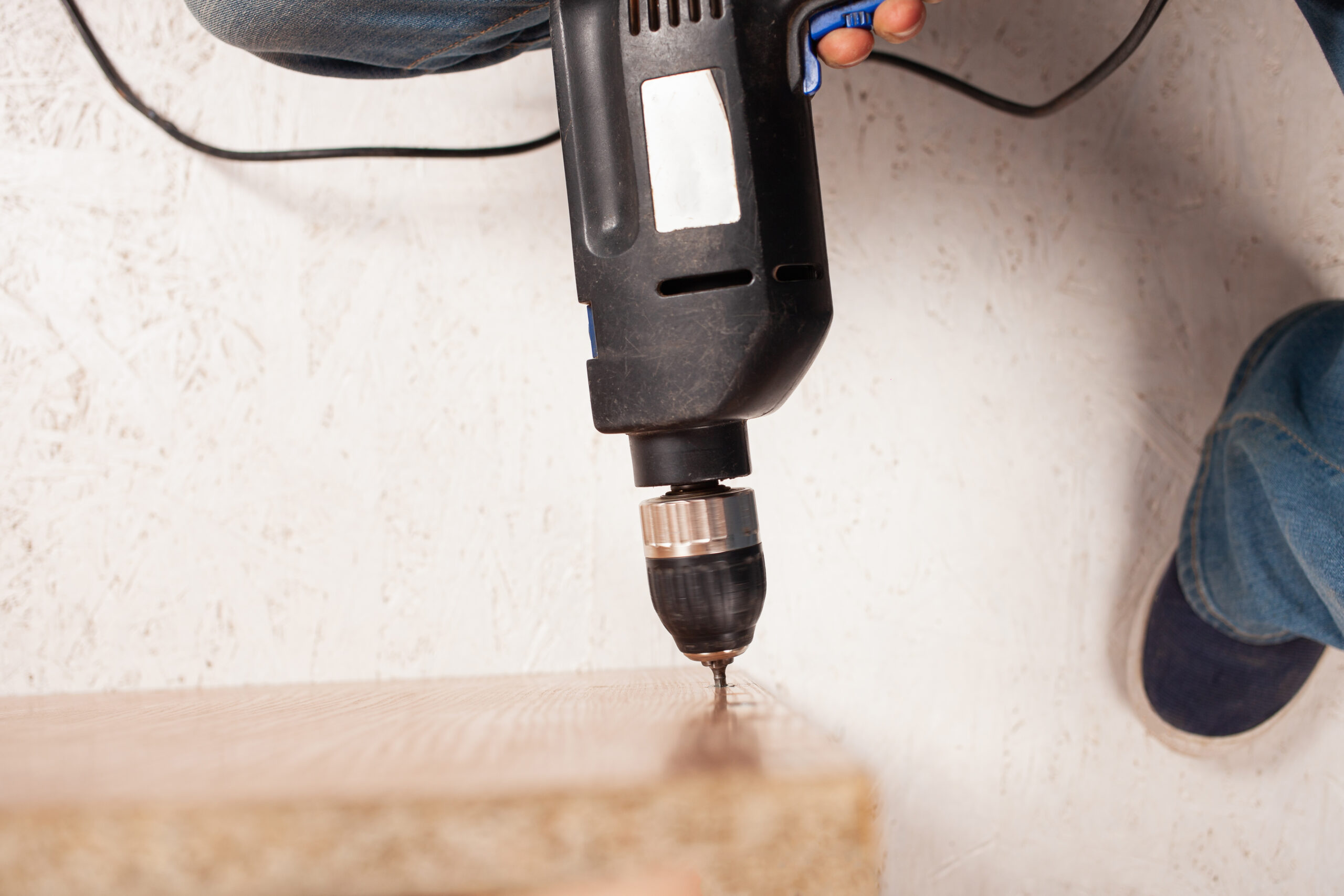Where Should I Not Drill?
Key Takeaways
- It is important to exercise caution when drilling into walls to avoid hazards such as electrical wires, plumbing pipes, or structural studs.
- To avoid drilling into electrical wires, it is best to steer clear of areas above or near outlets, light switches, or any other electrical fixtures. Using a stud finder or electrical wire detector can help identify the location of live wires.
- When drilling into walls, it is advisable to avoid areas near the stubout or angle valve to prevent damage to plumbing pipes. Using a stud finder with a metal detection feature or a dedicated pipe locator can help detect the presence of pipes behind the wall.
When it comes to drilling into walls, it is important to exercise caution to avoid potential hazards such as electrical wires, plumbing pipes, or structural studs. Accidentally drilling into these can not only damage your home but also pose serious safety risks. In this article, we will explore the areas where you should not drill and discuss some effective methods to identify these hazards before starting any drilling project.
Avoiding Electrical Wires
One of the primary concerns when drilling into walls is the proximity to electrical wires. These wires are typically concealed within the walls and can carry dangerous levels of electricity. It is essential to avoid drilling into areas where electrical wires are present to prevent electrical shocks, short circuits, or even fires.
Electrical wires are commonly installed vertically or horizontally along studs. Therefore, it is best to steer clear of drilling above or near outlets, light switches, or any other electrical fixtures. Additionally, you should exercise caution when drilling near light fixtures or wall-mounted electronics as they may have electrical wiring behind them.
To identify the location of electrical wires before drilling, it is recommended to use a stud finder or a dedicated electrical wire detector. These devices can detect the presence of live wires within the wall and help you avoid potential hazards. Remember to follow the manufacturer’s instructions when using these tools for accurate results.
Avoiding Plumbing Pipes
In addition to electrical wires, it is crucial to be mindful of plumbing pipes when drilling into walls. Drilling into a water pipe can result in leaks, water damage, and potentially costly repairs. Copper pipes, in particular, are commonly used in plumbing systems and can be easily damaged if not handled with care.
When drilling into walls, it is advisable to avoid areas near the stubout or angle valve, as these are common locations for plumbing pipes to be present. The stubout is where the plumbing system transitions from inside the wall to outside, and the angle valve is responsible for controlling the water flow to specific fixtures.
To identify the location of plumbing pipes, you can use a stud finder with a metal detection feature or a dedicated pipe locator. These tools can help you detect the presence of pipes behind the wall, allowing you to choose a safe drilling spot.
Using Stud Finders and Metal Detectors
A stud finder is a valuable tool when it comes to drilling into walls. It helps identify the location of vertical studs, which are essential for anchoring heavy objects or installing shelves securely. By avoiding drilling into studs, you can minimize the risk of causing structural damage to your walls.
Many modern stud finders also come with metal detection capabilities, which can be used to identify the presence of electrical wires or plumbing pipes. These features make them versatile tools for detecting potential hazards before drilling.
When using a stud finder or metal detector, it is important to follow the instructions provided by the manufacturer. Move the device slowly and systematically across the wall, listening for any beeps, or observing visual indicators that signal the presence of studs, wires, or pipes.
Conclusion
Before drilling into any wall, it is crucial to identify potential hazards and avoid drilling into areas where electrical wires, plumbing pipes, or structural studs are located. This will help prevent accidents, damage to your home, and costly repairs. By using tools such as stud finders, metal detectors, or dedicated wire and pipe locators, you can confidently drill into walls without compromising safety.
Related Websites:
FAQs:
Q: Why is it important to know where not to drill?
Knowing where not to drill helps avoid potential hazards such as property damage, injuries, and electrical hazards. It ensures your safety and prevents damage to important structures.
Q: How can I locate electrical wires before drilling?
To locate electrical wires, you can use a stud finder or an electronic wire detector. These tools help identify hidden electrical wiring, reducing the risk of drilling into them and causing electrical hazards.
Q: What are the risks of drilling into plumbing pipes?
Drilling into plumbing pipes can result in water damage, leaks, or flooding. To avoid this, it is recommended to use a pipe detector or consult a professional plumber to accurately identify the location of plumbing pipes.
Q: Why should I avoid drilling into gas lines?
Drilling into gas lines poses the risk of gas leaks or even explosions. It is crucial to avoid drilling into walls or floors where gas lines are installed to ensure your safety and prevent potentially dangerous situations.
Q: How can I avoid compromising the structural integrity of a building?
To avoid compromising the structural integrity of a building, it is important not to drill into load-bearing walls. Identifying load-bearing walls and consulting structural engineers if needed can help ensure the stability and safety of the structure.





